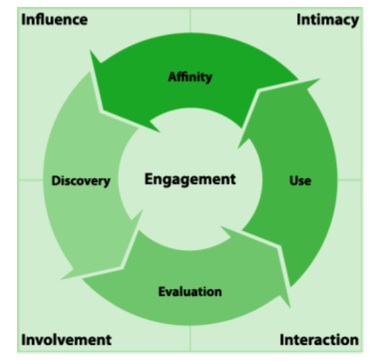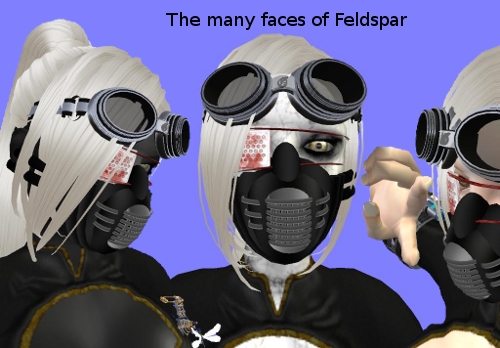A story from our sister site, Metaverse Health.

Rather than assessing their students through a paper-based examination, or even by having real, live people come in to pretend to be patients, it is starting to become more common to hear of healthcare educators asking their students instead to use computer applications and tools featuring digitally-created patients.
There are a myriad decisions that need to be made surrounding patient care. Students need to be able to wield a large amount of technical data, be able to think well on the fly, and be able to make quick yet considered decisions as healthcare professionals. These digitally-created, or virtual, patients can assist in building these skills.
Though virtual patients look just like the avatars that represent actual people in virtual worlds, the virtual patients usually have either an artificial intelligence (AI) or a scripted backend behind them. As opposed to an AI, the scripted backend cannot make decisions itself – instead , it follows a decision tree that has already been set before the student engages with it.
Medicine
MyCaseSpace is a Web-based application which presents virtual patients to students at irregular intervals throughout the span of their course. Virtual patients may contact the student at any time of the day or night, through their computer, and request a clinical consult. The virtual patients use avatars to communicate visually with students; the speech of the virtual patients can be accessed in 13 different languages. These patients use a scripted backend for their interactions, the design of which was based on video-game decision trees.
The application can easily be updated and altered to include virtual family members of the virtual patient to make demands upon the students.
Critical thinking skills used to be tested by setting examination papers; some people believe that the current set of students, being more digitally aware, will respond better to a digital presentation. Others are of the opinion that modern students have an expectation that they will continue to receive paper exams, and may have trouble with digital resources.
Though it has not been proven that this method of assessment results in either better or poorer results for the students, the professors and tutors find the system to be most beneficial for them. The application collects, stores, and processes data generated by the students’ assessments, cutting down on time and tedium, and increasing accuracy, for the marking individual.
Nurses
“Nurse Island” has been set up inside Second Life by the Glasgow Caledonian University. Apart from the virtual representation of the university, built so that prospective students can learn to find their way around campus, the Nursing Skills Laboratory has been recreated and populated with virtual patients. These patients can be controlled either by an AI or by a tutor, and use text to speech synthesis rather than recorded voices.
The conversations held between patients and students are recorded, so that students can be debriefed later by a tutor. This facility will open early next year.
Paramedics
This Second Life project represents a partnership between St George’s, University of London and Kingston University.
Paramedic students will work in teams of three or four, and will encounter emergency scenarios in Second Life in which they will need to treat a virtual patients or patients. They will need to perform such tasks as checking the patient’s pulse, dressing wounds and administering drugs. They may also need to be able to use equipment that would typically be found in an ambulance, such as oxygen masks and electrocardiograms (ECG). After assessing and treating the patient, they must load the patient into the ambulance and set a GPS device to take them to the hospital.
On reaching the hospital, students then handover a set of patient notes to their tutor via email.
Emily Conradi, e-Projects Manager, says: “Paramedic students spend a lot of time in work placements, which can be based anywhere in the country, so it can be hard for the students to meet face-to-face with each other and with their tutors.”
CPR and emergency first aid
The Italian Resuscitation Council (IRC) headquarters in Second Life (to teleport there, click here) has been set up as a place that people can be trained and re-trained, whether they be instructors, medical professionals or laypeople.
The IRC training simulations for instructors and medical people would include simulations to improve and test teamwork, leadership and technical skills. The simulations would also impart knowledge concerning CPR and other emergency training procedures.
Some of the information directed at laypeople includes cardiac arrest prevention knowledge and basic life support information.
In conclusion
Effectiveness of learning is not the only reason to use a virtual world or virtual patients. If learning is not less effective than by using other methods, and there are other benefits to the virtual alternatives, they may still be well worthwhile.






Recent Comments